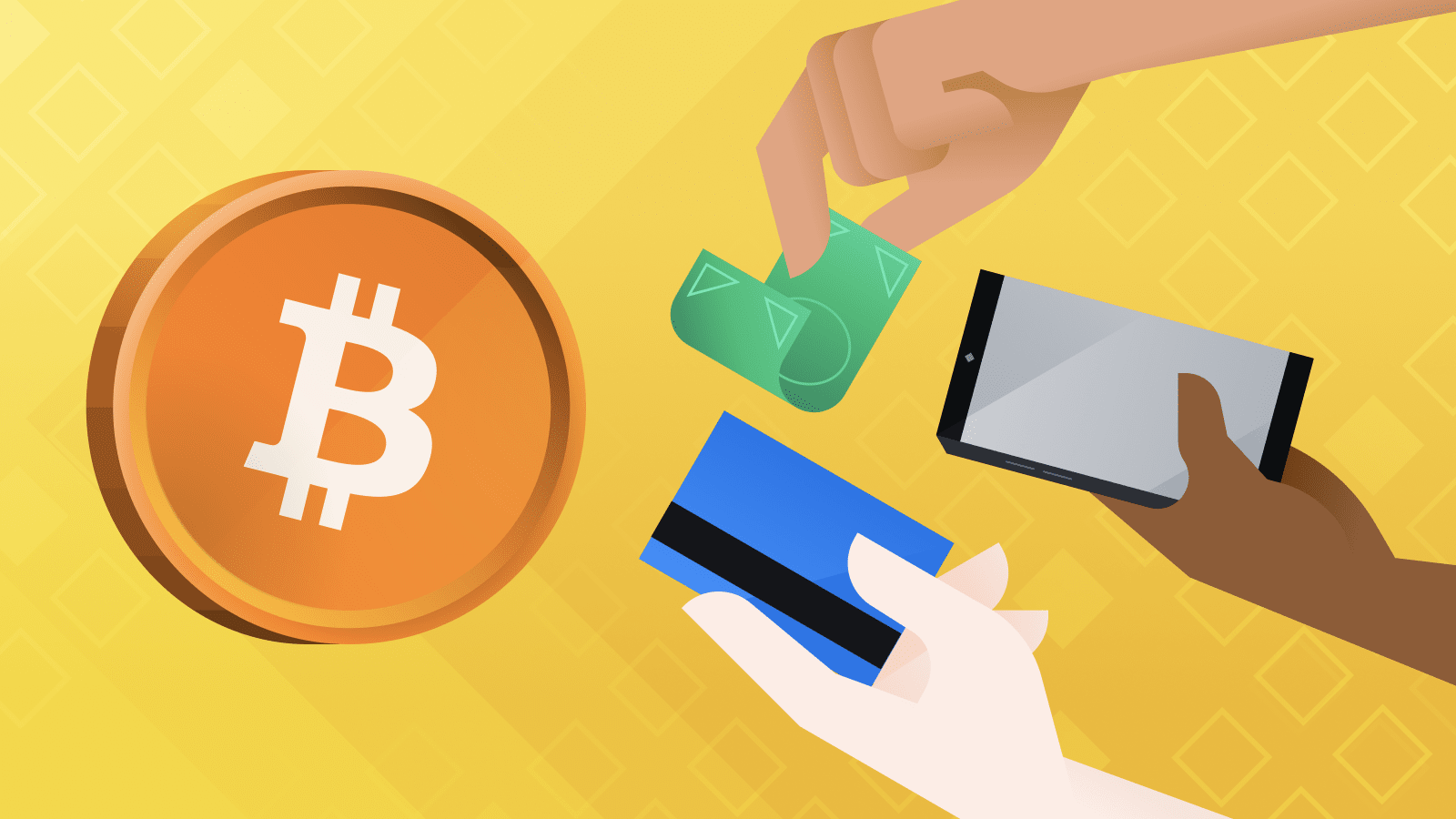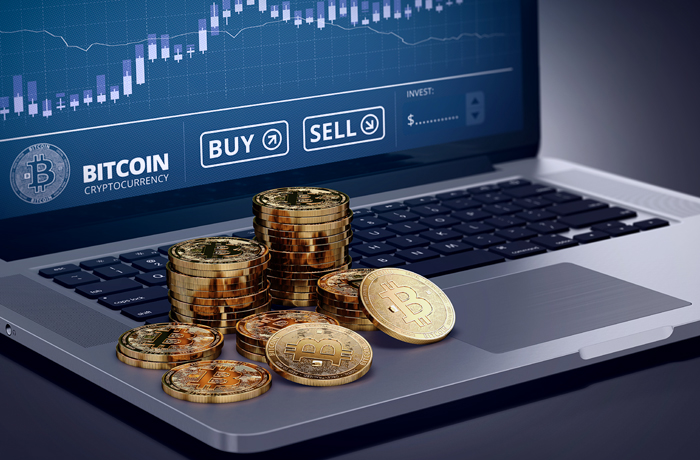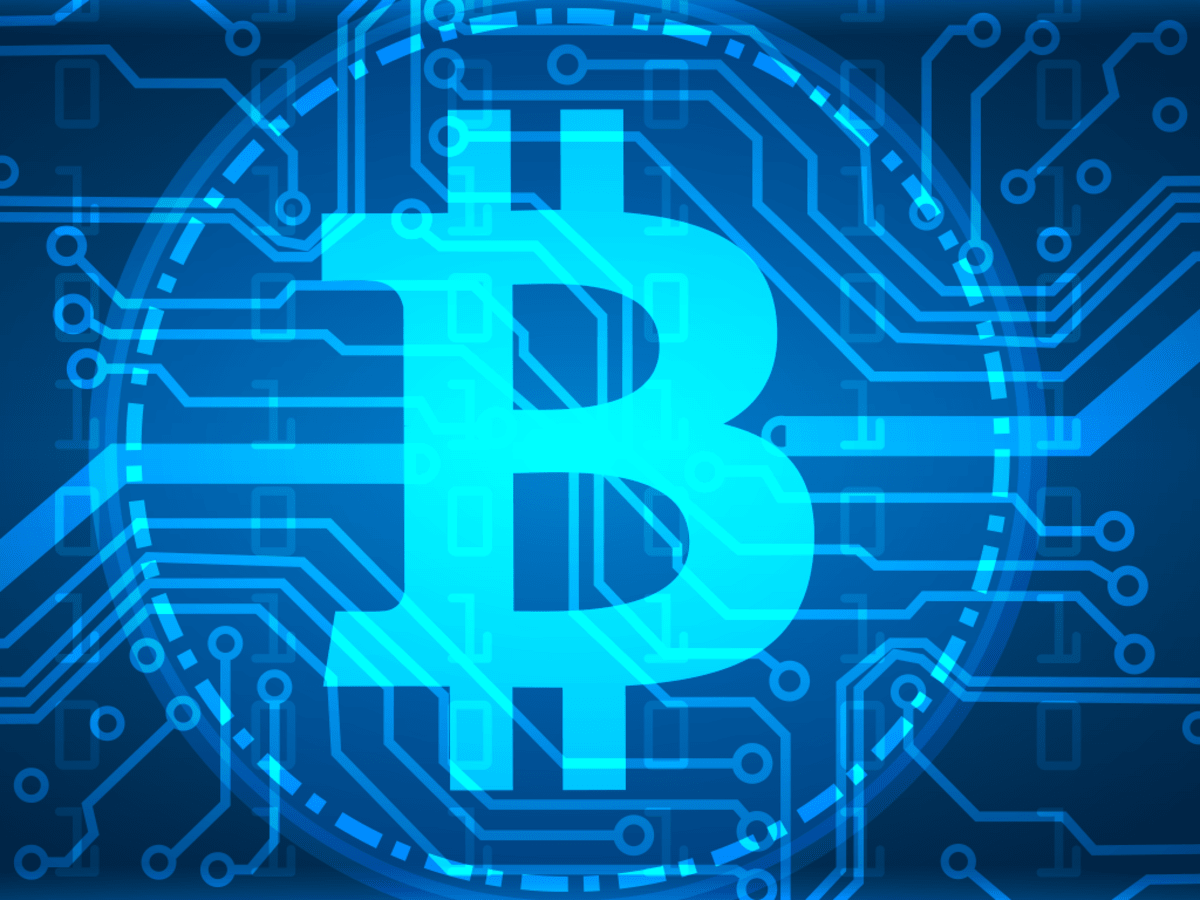Cryptocurrency’s ability to provide instantaneous payments with complete privacy and security is a large part of its appeal as a digital currency, whether the assets are big players like Bitcoin and Ethereum, or any of the myriad smaller projects on the market.
The issue these digital currencies run into most frequently is volatility. It is hard for most investors to be interested in cryptocurrencies when the prices can go up and down hundreds of dollars a day for something like Bitcoin.
In response to the issue of volatility, a new class of cryptocurrencies has emerged and is increasing in popularity: stablecoins.
What Are Stablecoins?
Stablecoins (or stable coins) are cryptocurrencies that attempt to offer price stability in response to the inherent volatility experienced by most cryptocurrencies. This is done by pegging the value of the coin to something more stable, such as fiat currencies like the USD or a commodity’s price such as gold. They are then collateralized by having a backing of assets held in reserve, for example, if a company issues USD 1 million stablecoins then they should theoretically also hold USD 1 million in reserve.
Type of Stablecoins
There are three main types of stablecoins: commodity-backed, fiat-backed, and cryptocurrency-backed. Here’s a look at each type in more detail:
Commodity-backed Stablecoins
Commodity-backed stablecoins are backed or collateralized by commodities such as gold or silver, which are much less likely to experience inflation the way fiat-backed stablecoins can. This is due to the inability to create more gold and silver in contrast to the ability to print more money. Commodity-backed stablecoins should theoretically be redeemable for the real asset, meaning the company that issues the coin needs to maintain, store, and protect the commodity to ensure equivalent reserves for potential redemption of all coins issued.
Fiat-backed Stablecoins
Fiat-backed stablecoins are backed or collateralized by a fiat currency such as the USD or Euro and are pegged to the fiat currency’s value. The reserves are held by a third-party regulated financial entity and need to match the value of the number of stablecoins issued as seen in the example in the leading paragraph of this section. Fiat-backed stablecoins are trustworthy as long as you trust that the custodian of the backing asset maintains reserves that are reflective of the number of coins issued.
Cryptocurrency-backed Stablecoins
Cryptocurrency-backed stablecoins are issued with cryptocurrencies used as collateral. They function similarly to fiat-backed stablecoins, but because of the inherent volatility of holding cryptocurrencies as a reserve, many of them require a larger value of cryptocurrency in reserve than there are stablecoins issued. For example, a crypto-backed stablecoin may issue $1000 worth of stablecoins and hold $2000 in reserve to account for the wild fluctuations that may occur. In addition, crypto-backed stablecoins are done on the blockchain by using smart contracts, making them much more decentralized than fiat-backed stablecoins.
How Does Stablecoins Work?
Issuers of stablecoins ensure the stability of their coins by holding a reserve that is equivalent to the number of coins they issue. If a company issues $1 million worth of stablecoins pegged to the value of gold, then they must hold $1 million worth of gold or more in the real world to ensure their digital currency maintains value and can be redeemed when a user decides to cash out their stablecoin for the actual asset. This is true for all fiat-backed and commodity-backed stablecoins.
Crypto-backed stablecoins work a little differently than their fiat and commodity-backed counterparts due to their existence as digital asset that experiences greater fluctuations in their reserve holdings. As mentioned above, crypto-backed stablecoins are done on the blockchain using smart contracts, and often require collateral reserves that are much higher than the number of stablecoins issued because of the volatility experienced by cryptocurrencies.
What Are Some of the Uses for Stablecoins?
It is common in the cryptocurrency space to pay developers with the token that they are building. There are several problems with this, the main one being that most people are uncomfortable with taking their salary on an unstable asset. Stablecoins offer employees the benefit of having a stable salary, as well as receiving cryptocurrency. Stablecoins then offer an easy onramp for crypto beginners, as stablecoins inherently have less risk associated with holding them. The employees can then take the stablecoins and do what they like, whether cash out or diversify their crypto holdings.
Taking out a loan is another great example. Crypto-backed stablecoins often allow users to take out a loan by locking up collateral. This is a loan like any other. Regular payments need to be made on the loan as the amount that the user receives is subject to interest. The user could be liquidated by the collateral service if the value of their collateral decreases to an amount too close to the value of their loan.
Finally, great use for stablecoins is to protect against volatility. Since the value of the stablecoin experiences little fluctuation, a crypto holder can mitigate their losses during a bear market by turning their unstable cryptocurrencies into stablecoins and waiting out the market. In addition, if they feel the value of a cryptocurrency they hold is going to drop, they can convert it all into stablecoins and then buy back the asset at a cheaper price.
Can I Buy Bitcoin with Stablecoins?
Yes! You can buy Bitcoin with stablecoins such as Tether and you can also buy those stablecoins with Bitcoin. Most exchanges offer Tether to Bitcoin pairings, as well as other lesser-known stablecoins such as TrueUSD. They also often offer pairings of Tether to all other cryptocurrencies that they sell on the exchange.
What Are Some of the Downsides of Stablecoins?
The main downside of stablecoins is the reserves or lack thereof, that back the coin. The premise of all stablecoins is that for all the coins issued there is an equivalent reserve of that asset. If a company issues a stablecoin but does not hold reserves that can cover all the coins they have issued, then when a user goes to redeem their stablecoin for the asset it is pegged to, they may be out of luck. This is why most stablecoin issuers have regular external audits performed so that their users are sure they have enough reserve.
Can I Buy Stablecoins with USD?
Yes! You can buy some stablecoins with USD. Exchanges such as Binance offer users the ability to purchase Tether directly with their credit card. Some stablecoin issuers also offer the purchase of their coin directly through them, though they require to Know Your Customer protocols.
Is Stablecoins Stable?
It depends on what you consider to be stable. Some stable coins like DAI or USDT have been known to fluctuate as high as $1.10 and as low as $.90. Some argue that this fundamentally destroys the notion of a stable coin, while others point to the fact that these coins always return to their baseline of 1.00 USD after periods of extreme market fluctuations.






